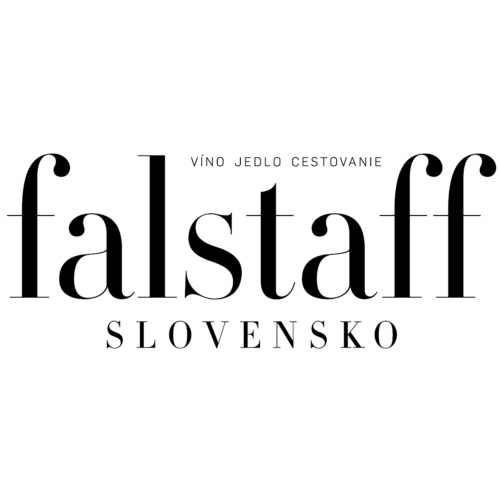Corporate Identity (CI) refers to the visual, communicative, and behavioral characteristics that define an organization and distinguish it from others. It is the way a company presents itself to the public, including its employees, customers, and other stakeholders, to create a consistent and recognizable image. CI is an essential part of a company's branding strategy and involves three main components:
- Visual Identity
This includes all the visual elements associated with the company, such as:
Logo: A distinctive symbol or design representing the company.
Color Scheme: Specific colors that are consistently used in all branding materials.
Typography: Specific fonts used across documents and designs.
Design Style: Layouts and templates for marketing materials, websites, packaging, etc. - Corporate Communication
How a company communicates with its audience, both internally and externally, including:
Advertising and public relations.
Tone and style of written and spoken communication.
Messaging in social media, emails, and customer service. - Corporate Behavior
The values, culture, and actions that reflect the company’s ethos, such as:
Employee conduct and customer service.
Social responsibility initiatives.
Workplace ethics and company culture.
Corporate Identity ensures consistency and reinforces trust, recognition, and loyalty among its audience. For example, when people see McDonald's golden arches or hear Nike's slogan "Just Do It," they immediately recognize the brand and associate it with specific qualities.
This year, we have supplemented our visual identity with the printing of cartons, which, like our logo and bottle labels, have a common typography with their own font. EnoVia thus identifies exceptional quality with the wine packaging used. Our cartons are made in Slovakia from 100% recycled paper. We try to give materials a second chance, reducing the ecological burden in wine production and packaging.











